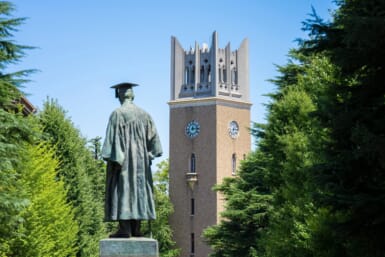What a blessing to be in Varanasi, the holy city of Lord Shiva for one of the biggest festivals in India, Mahashivaratri! Falling on March 2nd this year, the population of Varanasi swells to over a million from it’s usual 350,000. Observed by all Hindus, Shivaratri (the great night of Shiva) see’s people fasting all day ,visiting nearby Shiva temples and offering milk, bhang, fruits, flowers, etc, and reciting slokas in honour of Shiva.
In Hindu mythology, there are many popular stories regarding the origin of Mahashivaratri. One legend traces the origin of Mahashivaratri festival to the churning of the Ocean of Milk by Devas (Gods) and Asuras (demons). According to it, when both Gods and demons were churning the Ocean of Milk to obtain amrita (water of immortal life), they came across many unusual substances, including the deadly poison. The moment they touched the poison, it exploded into poisonous fumes that threatened to envelope the entire universe by darkness. Seeing the destruction of the universe inevitable, the Gods went to Brahma and Vishnu, but none was able to help and as a last resort they went to Lord Shiva, who condensed the fumes by his trident. To save the Universe from destruction, Lord Shiva swallowed the poison, which left a dark blue mark on Shiva’s throat.
I spent the morning with my reiki guru as I complete my Master level in Reiki- an auspicious place and day to start my deeper learning of energy work. Although some may find it morbid, I spent some time sitting at Manikarnika the oldest, most sacred and main burning ghat of Varanasi. I watched bodies being carried down to the Ganga by doms on a bamboo stretcher swathed in cloth that identifies the gender and status of the deceased. At the river’s edge the corpse is doused in the holy Ganga water before being set on a stack of wood (of various kind and value eg. mango, bamboo, sandalwood) before being set alight. Death is a part of life and in Varanasi it is certainly treated like an efficient business.
That night, as I had for the 2 nights before, I went to Tulsi Ghat to listen to the amazing musical performances of India’s finest sitar, tabala and vocalists. Named after the famous 16th century poet Tulsidas, who spent many years here composing the Ramcharitmanas, the first performance of Ramlila was held here. Later on in the company of friends, Laura and Krishnaji, we went to another venue to see the most spectacular Kathak which combines instrumental and vocal music along with classical dance that uses stylized gestures to enliven the various tales of Shiva. Beautiful!
Om Namah Shivaya!
Dani
www.thatgirldani.com









